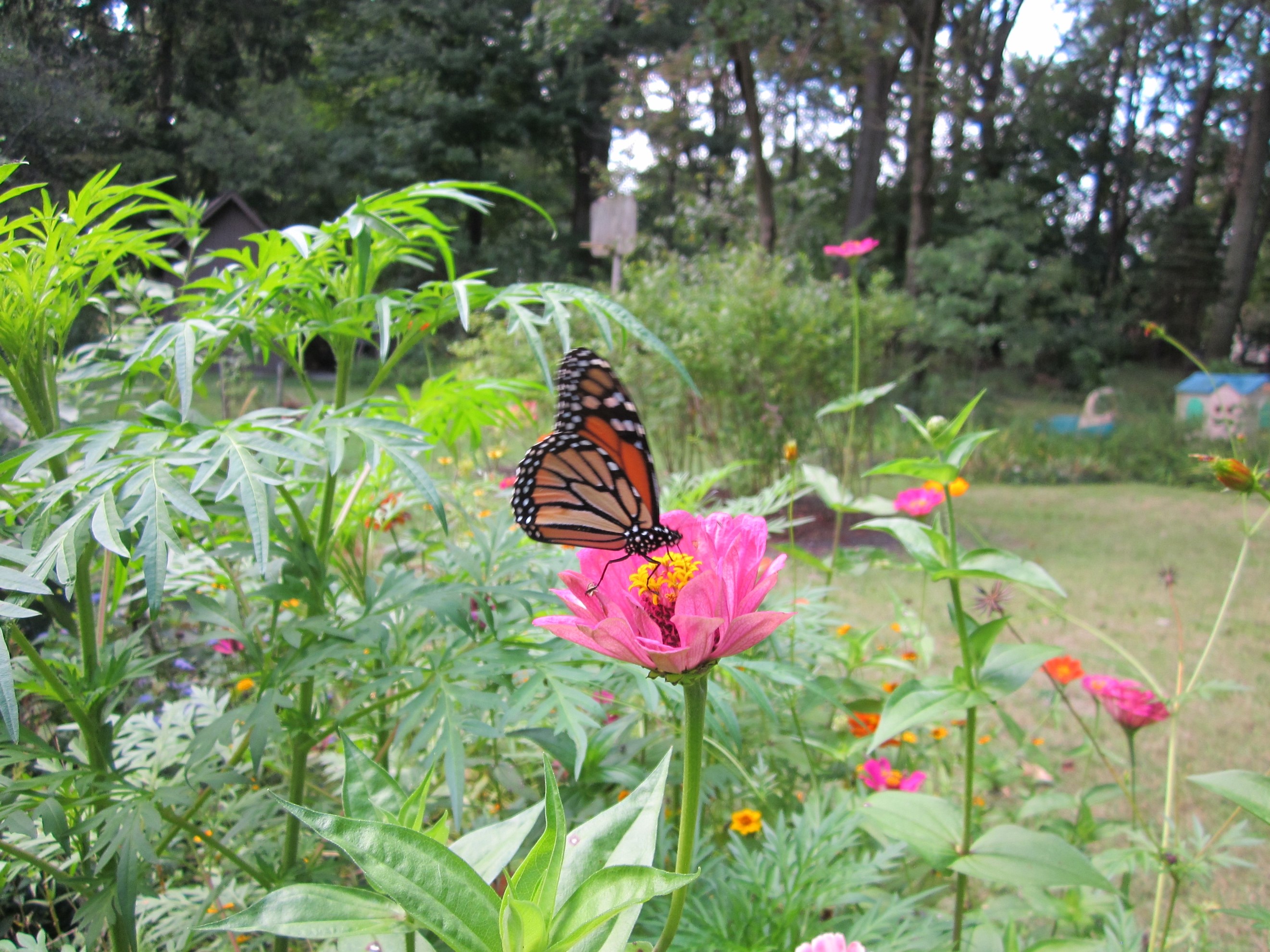by RC Wilson
Our 55-gallon rain barrel is my gauge for how long it has been since it rained. A good thunderstorm or two fills it. I dip out watering cans full as needed, when the container garden gets droopy, and to water my various recent transplants. It seems like lots of water for the first few days I use it, but after a week of dry weather, I start handling the watering can with care, trying not to spill too much. Nine or ten days and I am scrapping the bottom of the barrel.
This is a bit of a game, since we have city water and I could easily use that. I am no farmer, and, when the barrel runs dry, we are not in danger of starving or dying of thirst. Still, it is satisfying to get full use of our roof water, and it is good for us to remind ourselves how precious water is. My grandparents, and my wife’s grandparents, just a few generations back, experienced dry wells and needed cisterns, and prayed for rain to save crops. All over the world people live with extreme water anxiety, living where you can’t go down to the corner and buy a Slurpee when you get hot and thirsty.
When my son was in college, a couple decades back, he volunteered at a national monument in Arizona, where I visited him. We walked into the ruins of the Anasazi villages near Flagstaff. I remember an archaeologist telling me about their farming methods. Instead of one big field, they had little fields here and there, scattered over a wide area, so that some might catch one of the fickle scattered showers. This is a region where you can go a whole season without a drop while your neighbor gets flooded. The Anasazi also built tanks: rock cisterns in little mountain gullies to catch the rain off a hillside the way my rain barrel catches the water from our roof. It is easy to romanticize the past, but when you see the abandoned rock shelter and cornfields, like the played out farms of 1930’s American dust bowl, you get a sense of how marginal life can be, how much we humans, like all living things, are subject to chance variation and shifting long-term patterns of rainfall, snow, and temperature.
Ohio, where I am writing this, is blessed with plenty of rain, but it does not always fall when you want it to. In July, with the late spring soaking rains over, the thunderstorms can be fickle too. It clouds up for a few days, and you even hear thunder, then it rains just north of you, or just south. THis can be annoying at first, when you are hauling buckets of water to thirsty plants beyond the reach of the hose. But, when this goes on for days, you start to wish and gesture and pray and WILL the clouds to let loose above you.
The rain dance is, perhaps, part of that overly romanticized past, or worse, a racist trope, something done by primitive natives, ignorant of science and ruled by superstition. I think we hang on to the notion of dancing for rain because we all secretly believe it deep below our rational minds. We see clouds gather and pass us by and we try to bargain with them, pull them and influence them like ball players waving at a long foul ball, trying to make it fair, to wrap inside the foul pole for a home run. We may be lucky to have clean water piped into our homes, but we still feel that need to influence the heavens. If butterflies can start earthquakes, why can’t we bring home the rain?
